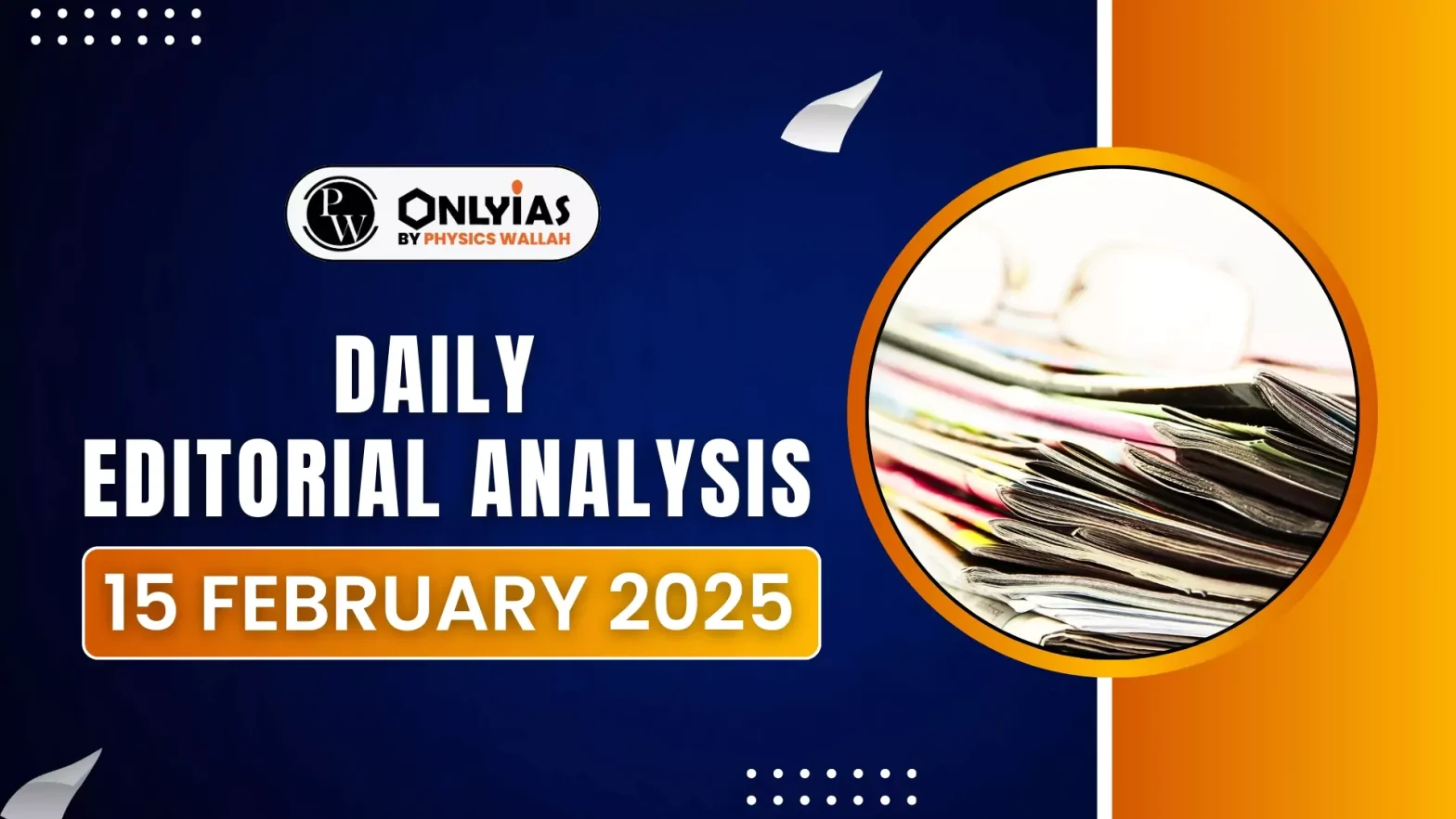![]() 15 Feb 2025
15 Feb 2025

Recently an expert committee constituted by the Ministry of Environment, Forests and Climate Change recommended a proposal to rebuild the Teesta-3 dam on the Teesta river in Sikkim
The Teesta-3 case is a critical lesson in environmental governance. Infrastructure projects should prioritize safety over profit. Climate change makes disaster risks unpredictable and severe. A balanced approach is needed – economic growth with sustainability.
| Mains Practice Question |
|---|

<div class="new-fform">
</div>